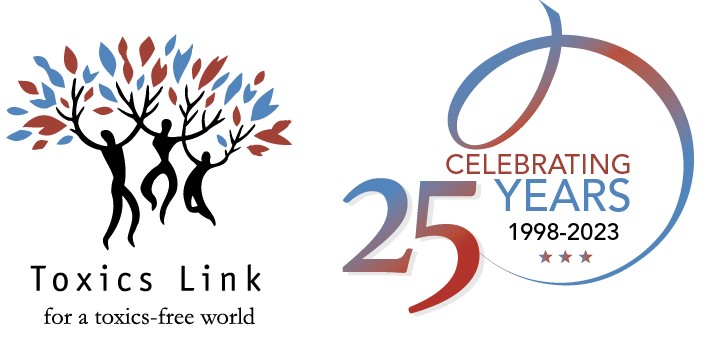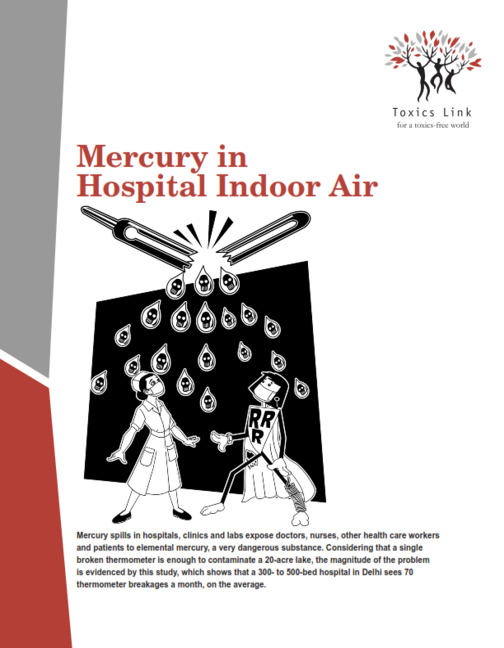
by Subhrakant Biswal | Dec 7, 2023 | Reports, 2007
Even as the Central Pollution Control Body seeks feedback on the draft guidelines on e-waste management in the country, Delhi-based Toxics Link has released a pioneering study mapping the e-waste scenario in Kolkata, revealing that not only is the city fast joining other metros in e-waste generation, but is also emerging as a major centre for hazardous e-waste recycling in its residential areas that is being imported from overseas apart from other parts of India. The study titled: “E-waste: Flooding the city of joy”, places the figure of e-waste generation in Kolkata at 9,000 tonnes annually. This only includes the waste generated from computers, television sets and refrigerators, implying that the figure is much higher if washing machines, cellphones, music players, compact disc/DVD players etc are also added. For more information please write us at info@toxicslink.org
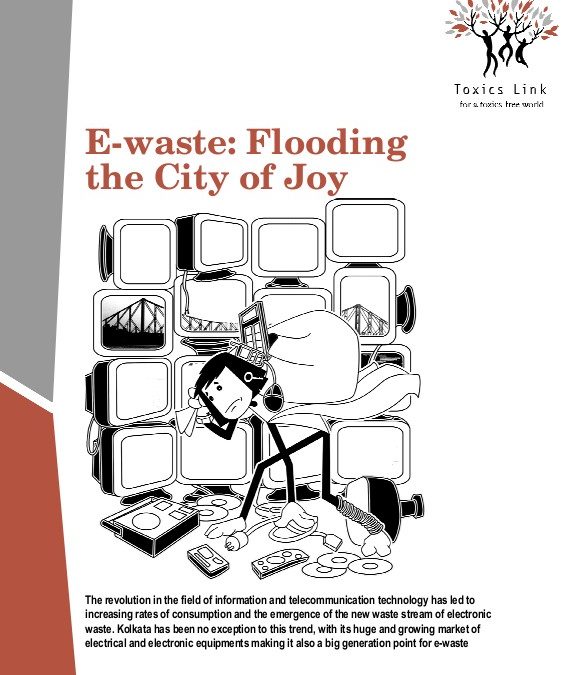
by Ravi Agarwal | May 20, 2022 | Reports, 2007
Even as the Central Pollution Control Body seeks feedback on the draft guidelines on e-waste management in the country, Delhi-based Toxics Link has released a pioneering study mapping the e-waste scenario in Kolkata, revealing that not only is the city fast joining other metros in e-waste generation, but is also emerging as a major centre for hazardous e-waste recycling in its residential areas that is being imported from overseas apart from other parts of India. The study titled: “E-waste: Flooding the city of joy”, places the figure of e-waste generation in Kolkata at 9,000 tonnes annually. This only includes the waste generated from computers, television sets and refrigerators, implying that the figure is much higher if washing machines, cellphones, music players, compact disc/DVD players etc are also added. For more information please write us at info@toxicslink.org
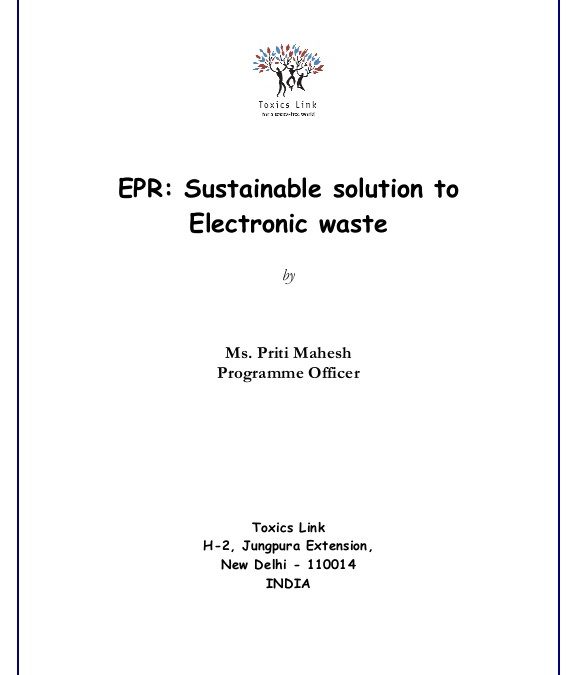
by Ravi Agarwal | May 20, 2022 | Reports, 2007
Extended Producer Responsibility (EPR) is an emerging principle for a new generation of pollution prevention policies. It imposes accountability over the entire life-cycle of products and packaging introduced in the market. The aim of EPR is to encourage producers to prevent pollution and reduce resource and energy use in each stage of the product life cycle through changes in product design and process technology. The document discusses in details the policy instruments that embody the EPR principle. It essays the initiation of EPR and then talks on EPR programmes around the world with special emphasis on the EPR for electronic waste.
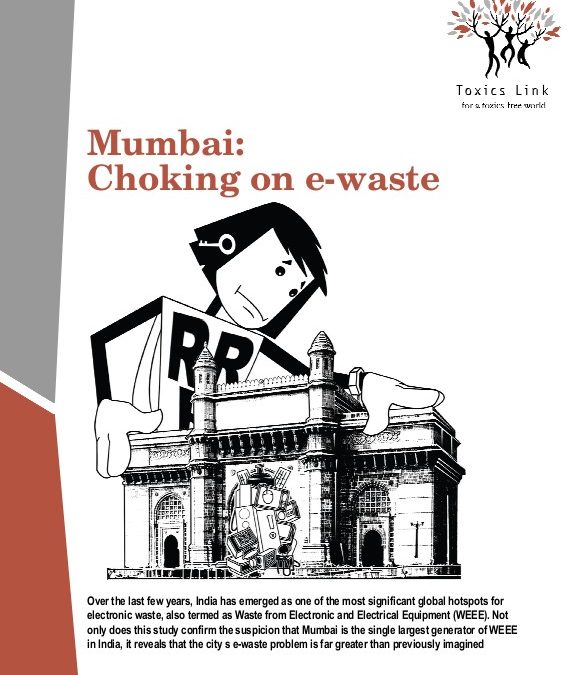
by Ravi Agarwal | May 20, 2022 | Reports, 2007
As a part of our ongoing efforts to facilitate a strong legislative action on electronic waste in the country, Toxics Link publishes study on the status of Waste from Electronic and Electrical Equipments (WEEE) in Mumbai. The report reveals that Mumbai is not just the leading generator of electronic waste in the country, but also discards a large part of it to Delhi and its adjoining areas where informal recycling sector process them in environmentally hazardous manner. For More info please write us at info@toxicslink.org
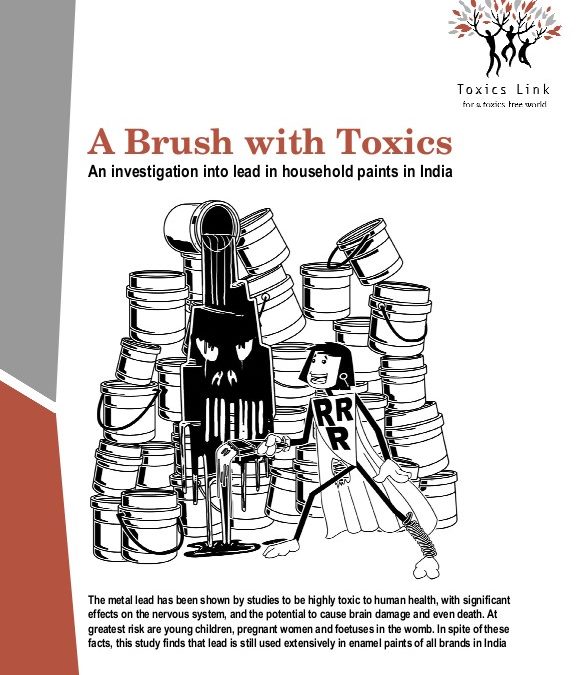
by Ravi Agarwal | May 20, 2022 | Reports, 2007
A Brush with Toxics: An Investigation into Lead in Household Paints in India Title: A Brush with Toxics: An Investigation into Lead in Household Paints in IndiaPublication Type: Research ReportsYear of Publication: 2007Abstract: Read...
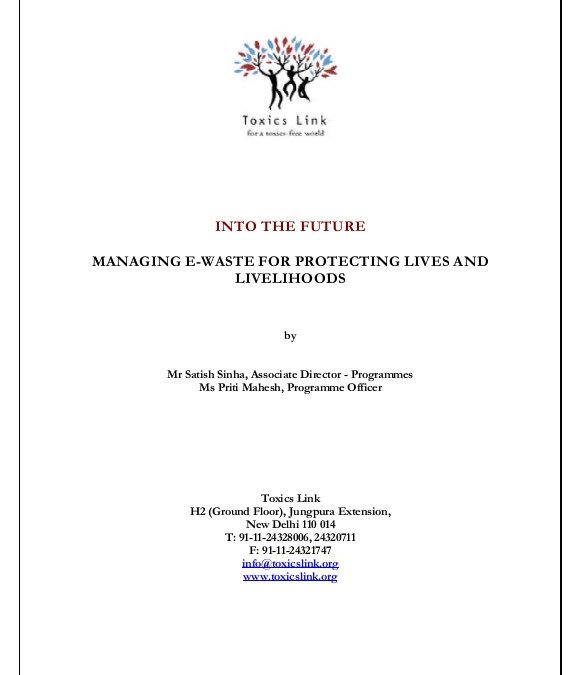
by Ravi Agarwal | May 20, 2022 | Reports, 2007
The existing e-waste processing is mostly handled in a very well networked informal sector having very high environmental and health impacts. With e-waste becoming a reality in India and such unorganised recycling activities on the rise, a need has been felt in all quarters for an efficient and environmentally sound management of e-waste in the country. Toxics Link attempts to look at a workable e-waste recycling model with Producer Responsibility Organisation (PRO) at the centre who will largely be responsible for environmentally sound management of e-waste. The paper gives details on the collection mechanism, process flow and financial component of the proposed model.

